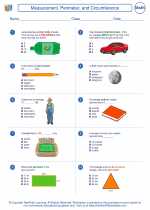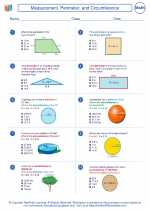Cubic Equations
A cubic equation is a polynomial equation of the form:
ax3 + bx2 + cx + d = 0
Where a, b, c, and d are constants, and a ≠ 0. The highest power of the variable x is 3, hence the name "cubic" equation.
Roots of Cubic Equations
A cubic equation may have one, two, or three real roots. These roots can be found by various methods, including factoring, completing the square, or using the cubic formula.
Factoring Cubic Equations
To solve a cubic equation by factoring, you can use the factor theorem and synthetic division to find the factors of the equation. Once the factors are found, you can solve for the roots of the equation.
Completing the Square for Cubic Equations
Completing the square is another method for solving cubic equations. By manipulating the equation and completing the square, you can find the roots of the equation.
Cubic Formula
The cubic formula is a general formula for finding the roots of a cubic equation. It's a bit more complex than the quadratic formula, but it can be used to find the roots of any cubic equation.
Study Guide
To master cubic equations, it's important to understand the following key concepts:
- Understanding the general form of a cubic equation
- Factoring cubic equations
- Completing the square for cubic equations
- Using the cubic formula
- Identifying the number of real roots a cubic equation can have
Practice solving cubic equations using different methods to become proficient in finding the roots of these equations.
Remember to check your solutions by substituting them back into the original equation to ensure they satisfy the equation.
Understanding cubic equations is important as they appear in various mathematical and scientific applications.
Good luck with your studies!
.◂Math Worksheets and Study Guides Seventh Grade. Measurement, Perimeter, and Circumference

 Worksheet/Answer key
Worksheet/Answer key
 Worksheet/Answer key
Worksheet/Answer key
 Worksheet/Answer key
Worksheet/Answer key
